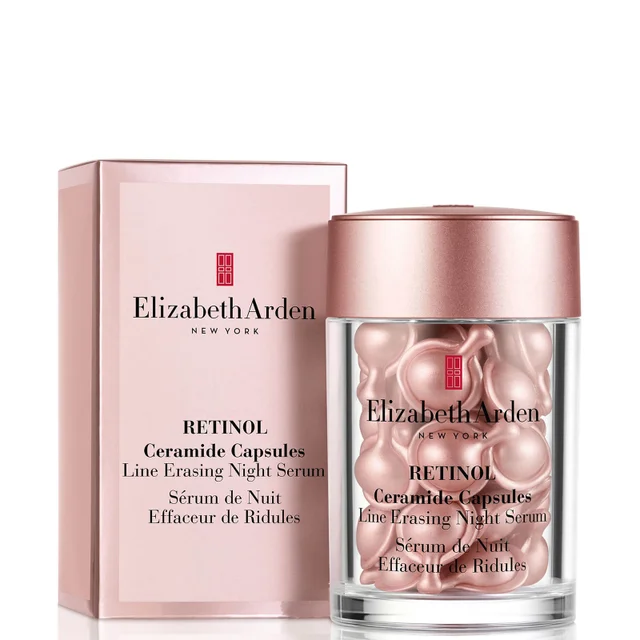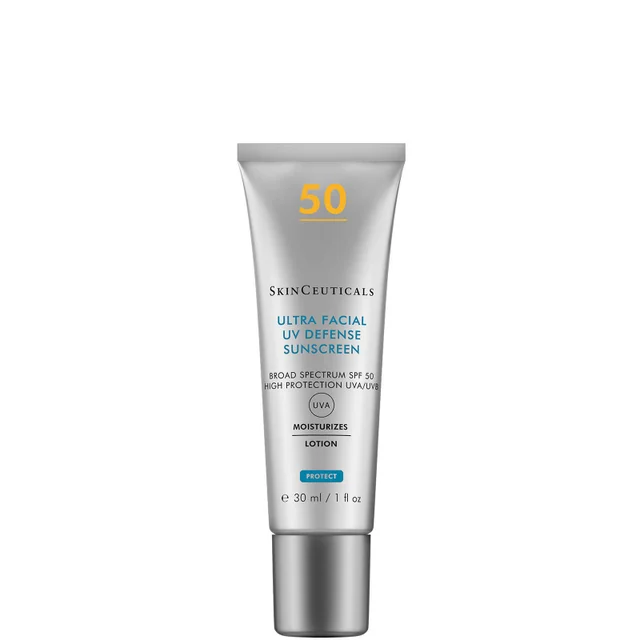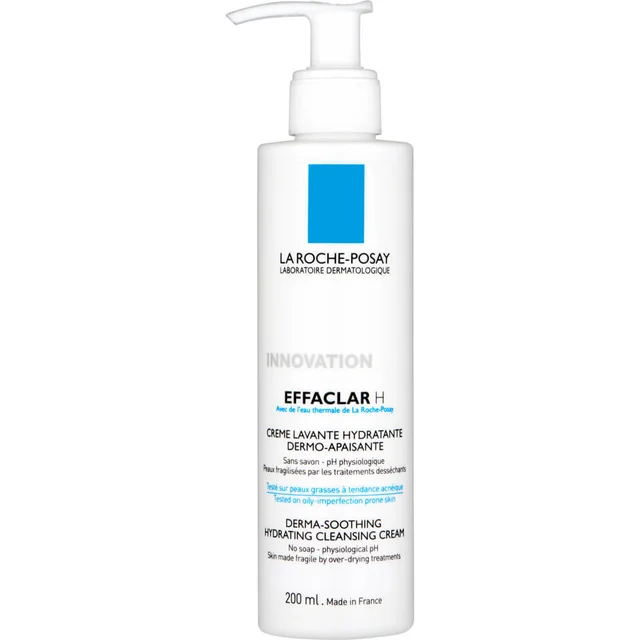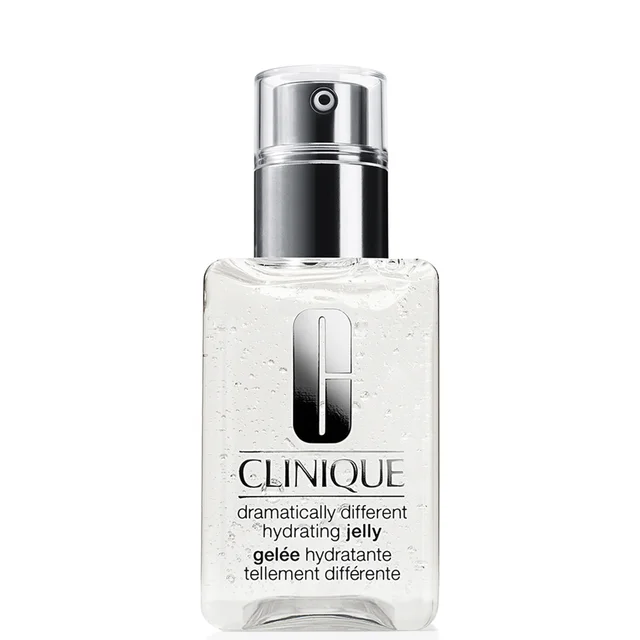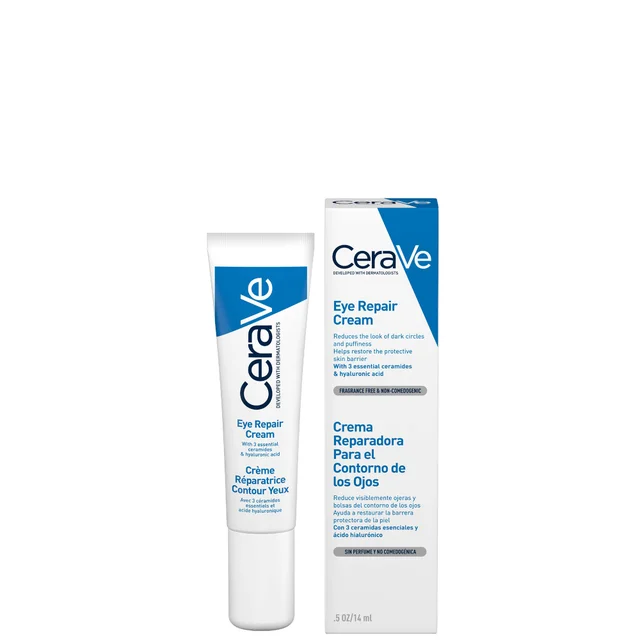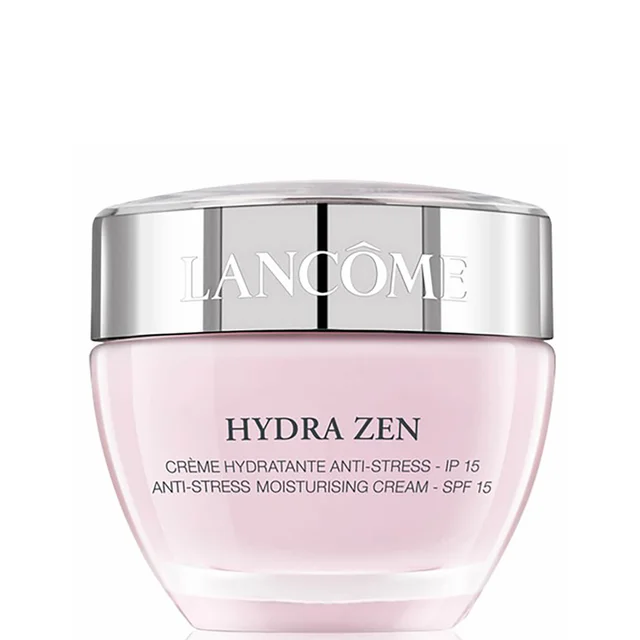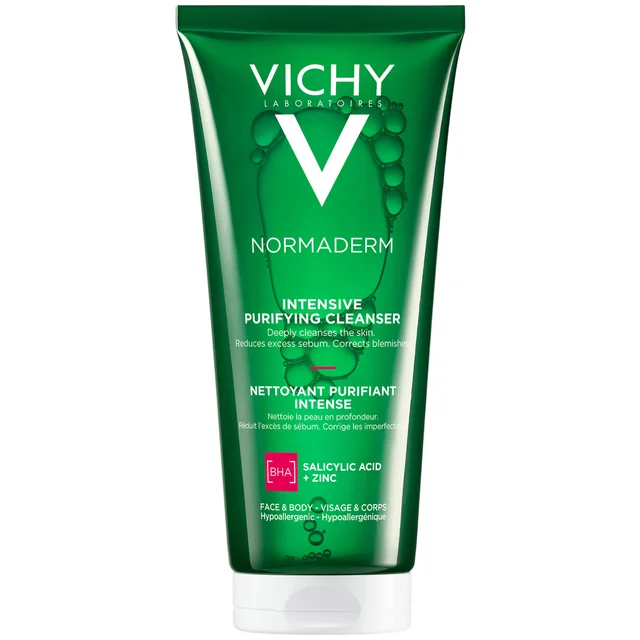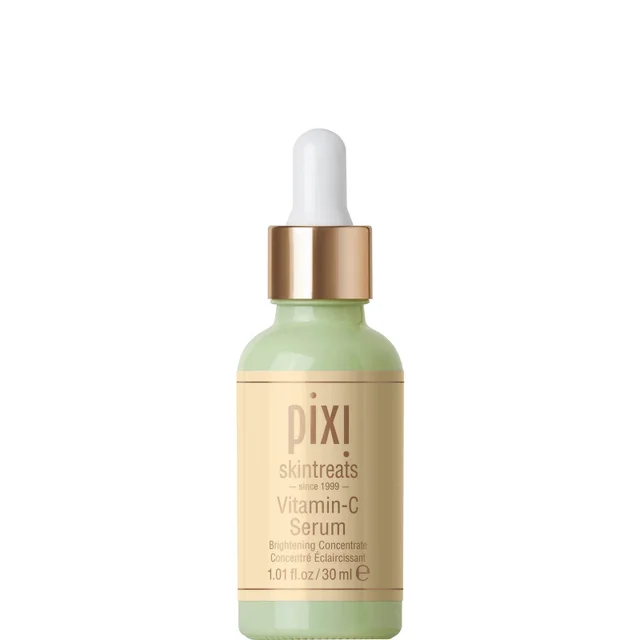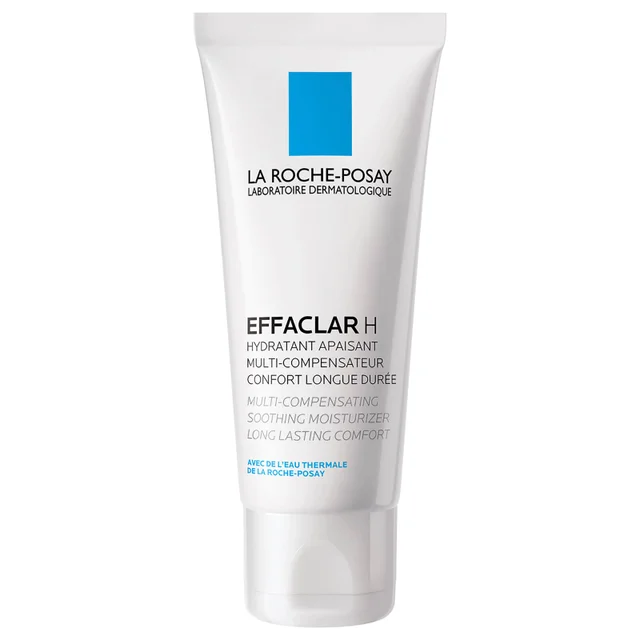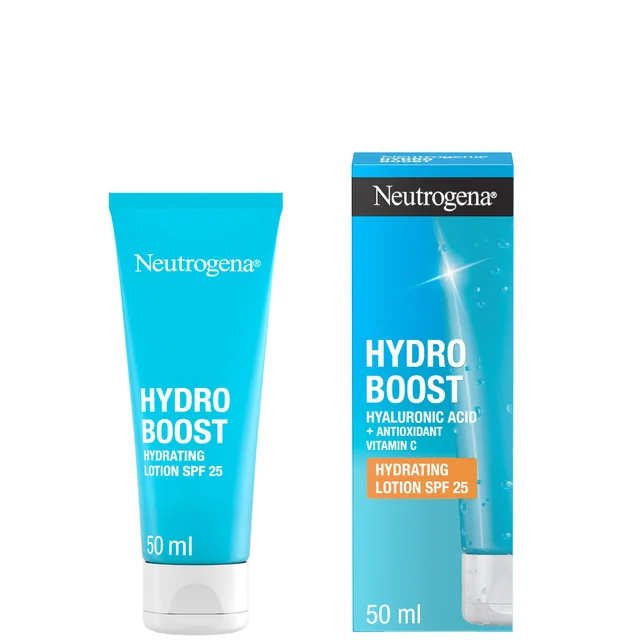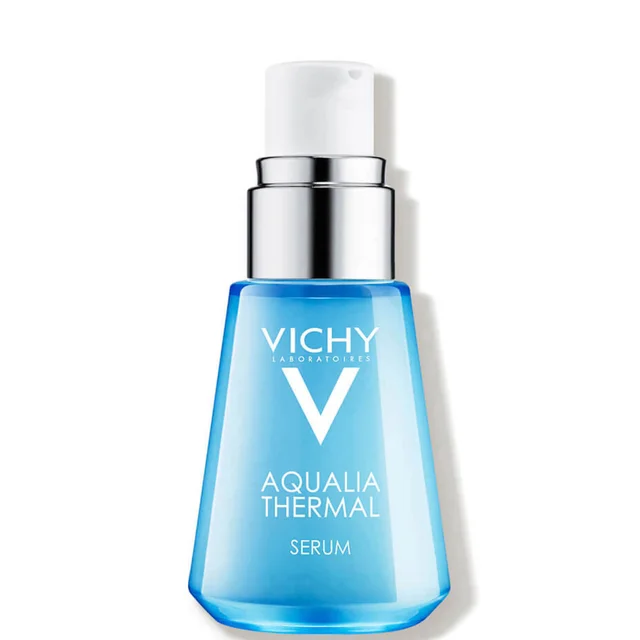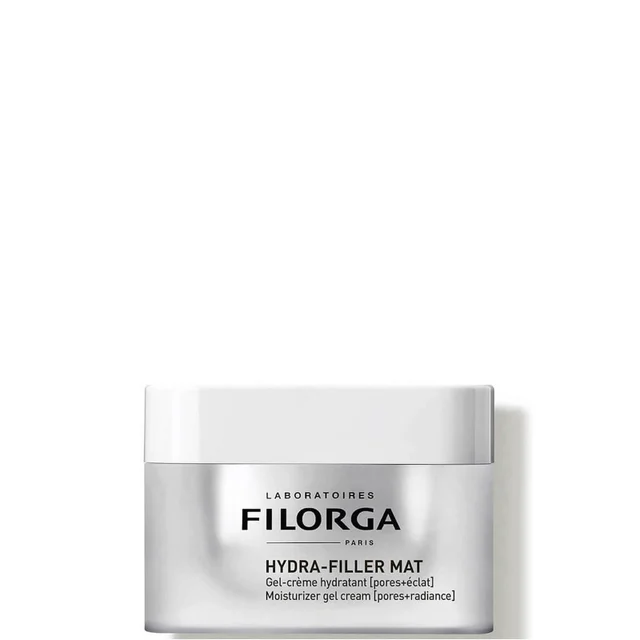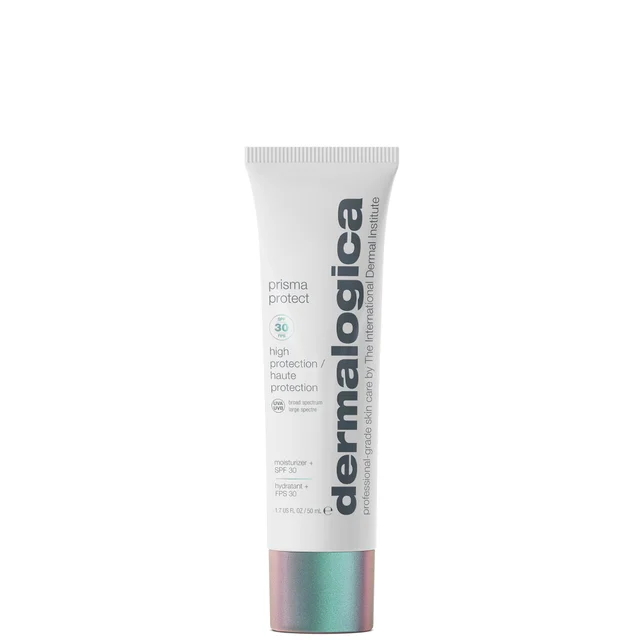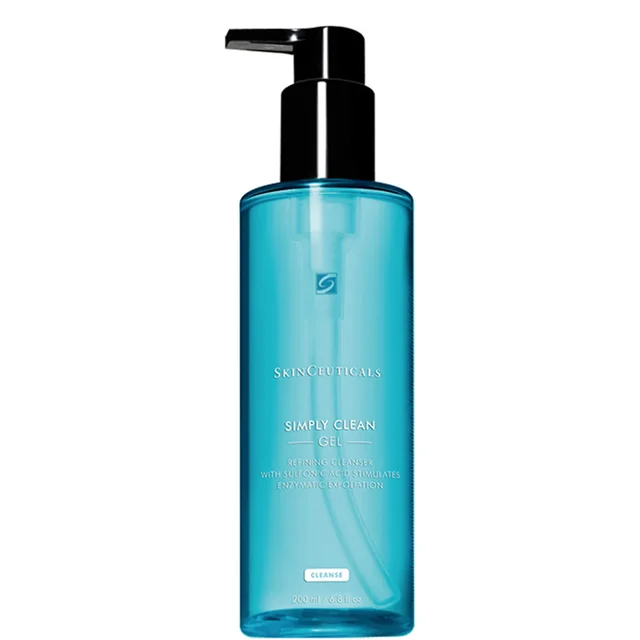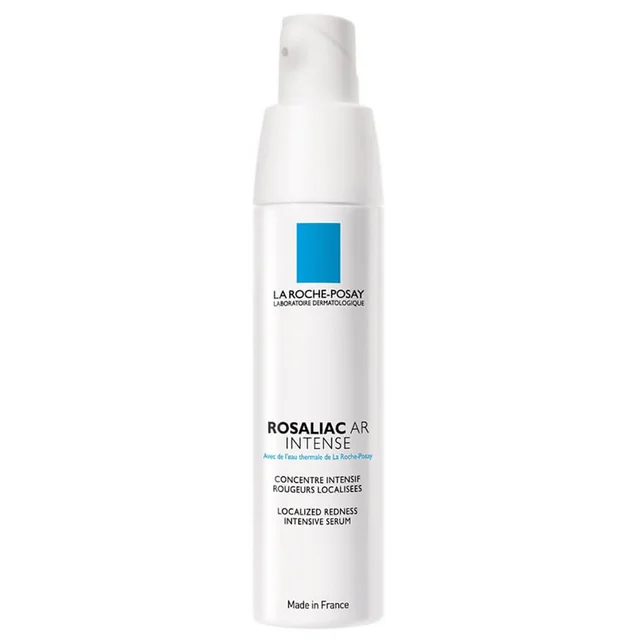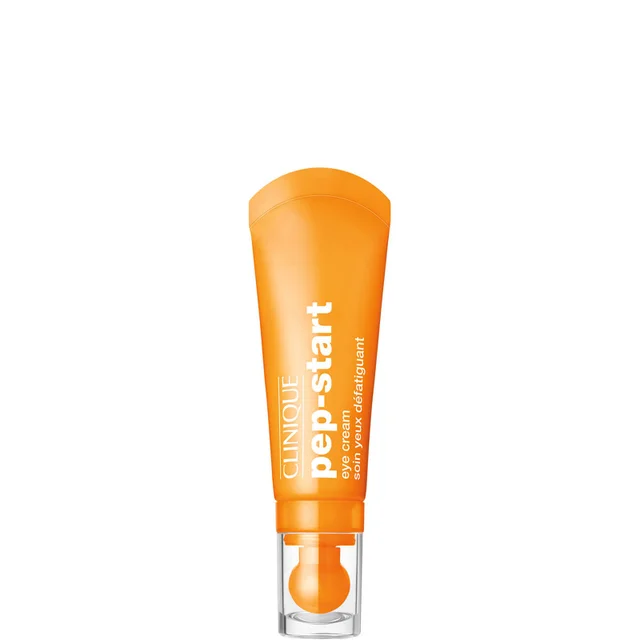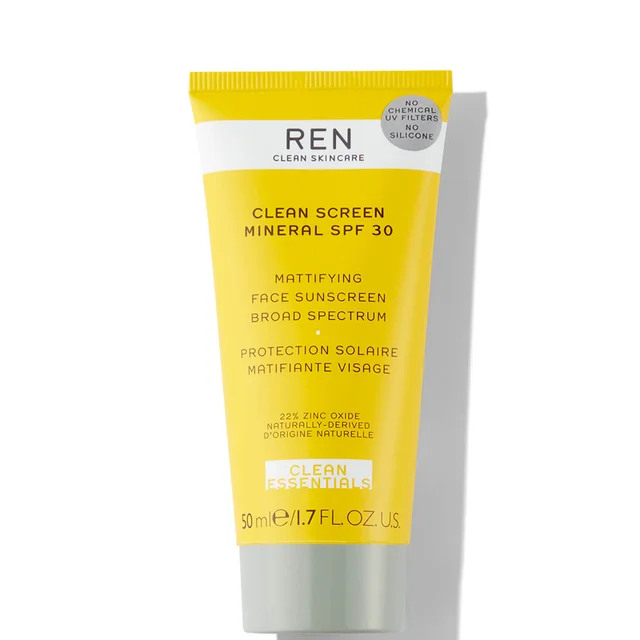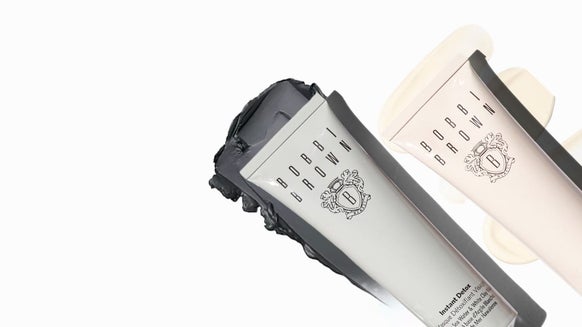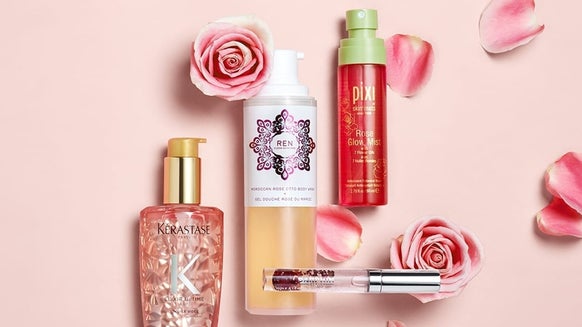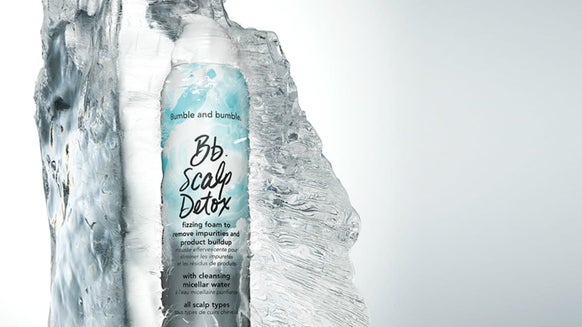Skincare routines for every skin type
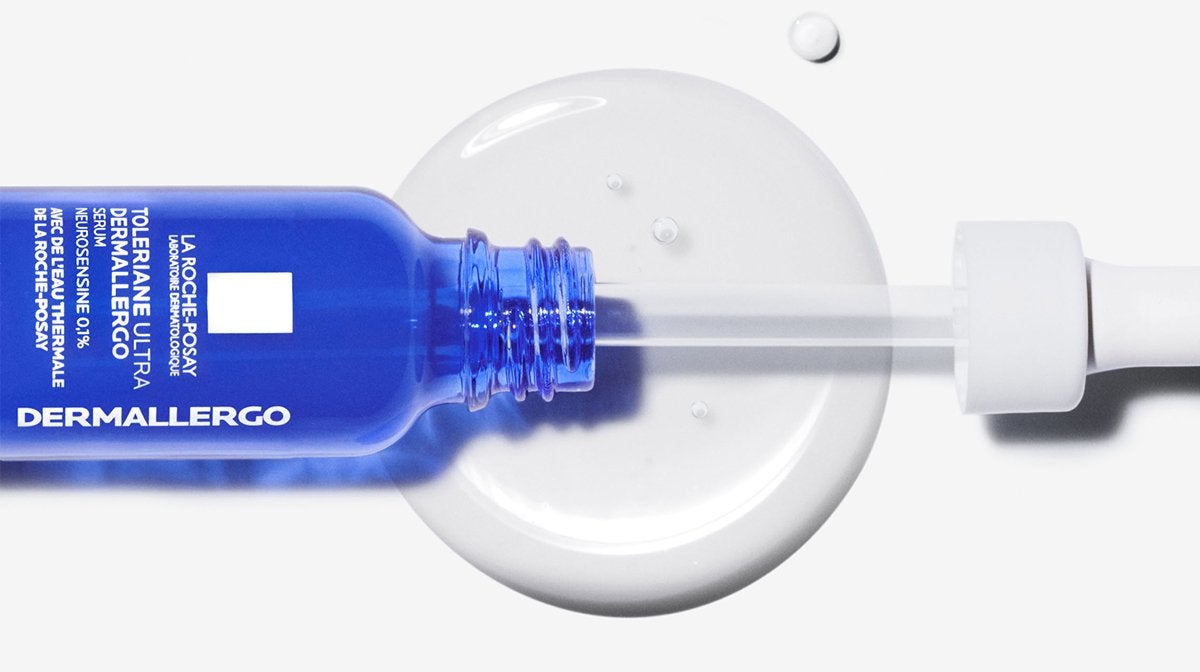
Normal Skin
The first step of your skincare routine should be cleansing. To keep your skin looking hydrated and bright, a gel or foam-based cleanser will work to leave your skin feeling super clean and rejuvenated.
Next, apply a few drops of serum and gently massage into your skin. The serum will work to penetrate the surface of your skin, encouraging it to look and feel plumper and brighter.
Even if your skin isn’t showing signs of ageing, it’s important to incorporate an eye cream into your routine as a preventative step. Gently dabbing the cream and massaging into your under-eye area will help to reduce puffiness, minimise dark circles and add firmness to your skin.
Maintain your skin’s natural hydration by choosing a cream or water-based moisturiser that will leave your skin looking ultra-glowing and radiant.
Adding an SPF to your skincare routine will not only protect your skin from harmful UV rays, but it will help to maintain your skin’s elasticity and minimise fine lines and wrinkles.
Shop the routine...
Or build your own normal skincare routine.
Dry Skin
Step 1: Cleanser
You may think that washing your skin more often will help to restore moisture, but in fact, ‘over-cleansing’ your skin can cause it to become drier. Make sure you cleanse your face twice daily – in the morning and evening - using a cream or gel-based cleanser that will nourish and hydrate your skin.
After cleansing, apply a few drops of serum to your skin to help penetrate its surface to provide added hydration and a much-needed moisture boost.
Since dry skin is more prone to fine lines and wrinkles, it’s important to use an eye cream that works to target the appearance of fine lines and help brighten your under-eye area.
Each morning and evening apply a rich, creamy moisturiser to your face and neck area to help combat dryness or flakiness and to restore your skin’s elasticity.
Exposure to UV rays can cause your skin to dry out, so choose an SPF with nourishing and hydrating properties.
Shop the routine...
Or build your own skincare routine for dry skin.
Oily Skin
If you have an oily skin type, then your skin will appear shiny and you are more likely to have enlarged pores, blackheads and blemishes. Oily skin is caused by a build-up of excess sebum, which means your hormones are over-active causing your glands to produce an oily or waxy substance. Skincare products containing salicylic acid are good for your skin, as this ingredient works to dry oily skin and prevent clogged glands.
Step 1: Cleanser
Shop the routine...
Or your build your own skincare routine for oily skin.
Combination Skin
Washing your face with a cleanser that’s mild and free from harsh ingredients will help you to achieve an even, balanced skin tone. Ingredients such as alcohol or salicylic acid can cause your skin to dry out, so it’s best to keep these off-limits by using gentle formulas instead.
Combination skin can often look tired, so it’s best to use a serum that works to brighten and hydrate your complexion. Look out for serums containing hyaluronic acid as this ingredient works to plump and rejuvenate dull skin.
Before applying moisturiser, gently massage an eye cream into your under-eye area to help reduce puffiness and minimise dark circles. An eye cream designed to hydrate your skin will make the overall appearance of your complexion more radiant.
Finding the right moisturiser that works for combination skin can be one of the hardest parts of your beauty routine. Whilst you don’t want a moisturiser that will cause the dry areas of your skin to become even drier, you equally don’t want to use a product that will make the oily areas of your skin look greasier. A good balance is to use a lightweight cream or gel formula that works to add moisture and provide ultimate hydration.
Shop the routine...
Or build your own skincare routine for combination skin.
Sensitive Skin
It’s important to use a cleanser that's kind and gentle to the skin, working to remove impurities without stripping the skin of its natural properties. If your skin type is sensitive, avoid using cleansers that are heavily fragranced or contain harsh chemicals. Water-based, gel or balms are good factors to look out for when choosing a cleanser that’s right for you.
When it comes to selecting a serum for sensitive skin, choose one that has hydrating properties and will retain your skin’s moisture, whilst working to calm the skin and alleviate dry patches or redness. Serums free from parabens, alcohol and fragrances will drastically help to improve your skin’s appearance.
The area around your eye is the most delicate part of your face, so for those with sensitive skin it’s all the more important to care for it properly. Select an eye cream that works to restore and renew your under-eye area. Hypoallergenic, fragrance-free or packed with natural ingredients can help to soothe the most sensitive skin types.
When it comes to moisturising your skin, you’ll need a moisturiser that works to soothe and protect your skin from irritation. Moisturisers with natural ingredients, such as herb or wild fruit extracts, are much kinder to skin that’s prone to redness or allergic reactions.
If you have sensitive skin, being exposed to UV rays for prolonged periods of time can cause your skin to become red and irritated. As with every skin type, an SPF should be included as a vital step of your skincare routine, but for particularly sensitive skin, look out for ingredients such as zinc which works to soothe and calm your natural complexion.
Shop the routine...
Want more for your skin type? Build your own skincare routine for sensitive skin.

As a beauty obsessive, I'm always trialling and testing new, exciting brands and product discoveries. With over 6 years' experience in beauty writing, including freelancing on the Net-A-Porter beauty desk, I have lots of useful beauty hacks, tips and tricks to share. I’m constantly seeking the latest hair products to make my curls ultra-bouncy and defined. The Cantu Coconut Curling Creme is my Holy Grail! My lipstick collection is always expanding – and my favourite lip product of the moment has to be a nude lipgloss for the ultimate everyday look.

